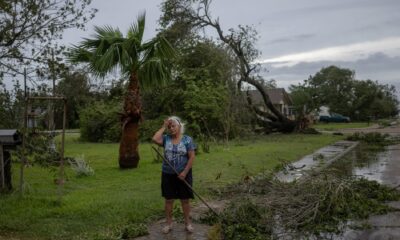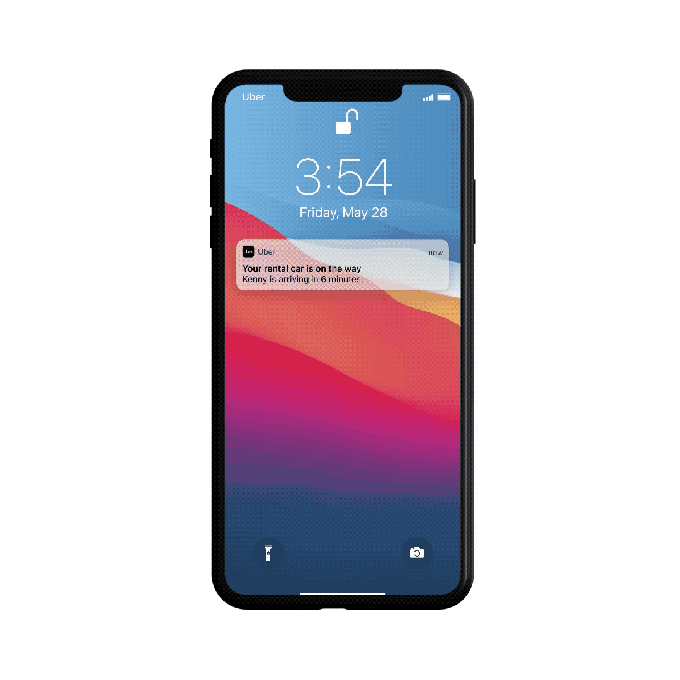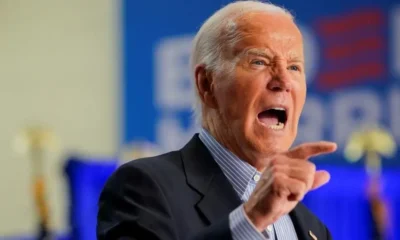Uber is launching more than a half-dozen new features, including one that will let users book vaccine appointments at Walgreens and reserve a ride to get their jab, as the company homes in on a business model that will finally deliver profitability.
The features, announced Wednesday, fall under what Uber is describing as its “go get” strategy. It’s also meant to mark a return to more “normal” business operations following 14 months of shutdowns caused by the COVID-19 pandemic. The numerous features that include vaccine booking, a valet service that will drop off a rental car, reserved rides at airports that off up a an hour of wait time and options to pick up food during a rideshare route are all centered around Uber’s core services of delivery and ride-hailing.
In early 2020, Uber looked like a different business with a web of pursuits that covered air taxis and self-driving cars, delivery, ridesharing, a freight booking platform and shared ebike and scooter rentals. In the past year, Uber has dumped shared micromobility unit Jump, offloaded its autonomous air taxi business Uber Elevate, sold off its Uber ATG self-driving unit and sold a stake in its growing but still unprofitable logistics arm, Uber Freight. (Uber has maintained equity in all of these businesses).
This wasn’t just about riding itself of businesses. During this same period, Uber also doubled down on rideshare and delivery — acquiring Postmates and Drizly in the process — in a bet that these two areas would be the best path to profitability. Uner’s Go Get initiative is a continuation of that strategy. Meanwhile, COVID-19 decimated its rideshare — along with competitors — business as delivery exploded.
Image Credits: Uber
“Over the last year, the company has evolved into a platform where we’re doing two things with incredible focus and incredible intensity,” Uber CPO Sundeep Jain said in a recent interview. “And those are helping users ‘go’ and helping users ‘get.’ We really have evolved this platform where you can go anywhere, get anything.”
For Uber, this means building products that let people “go” somewhere using a variety of different modes from cars and scooters to buses and other forms of public transit or “get” anything such as prepared food from restaurants and more recently expanding into groceries, prescriptions and alcohol. This “go” and “get” directive is influencing the company’s product development and even acquisition strategy. With Uber’s acquisition of Postmates, the company even deliver iPhones, Jain noted as one example.
Among the new features is Uber Rent with Valet, which lets users in the U.S. rent a car directly in the Uber app. The vehicle is then delivered to the user, whether it’s at their home or airport. The company’s Uber Reserve feature is now being rolled out across the U.S. as well, and includes flight tracking, 60 minutes of wait time and curbside pickup.
On the “get” front of this strategy, Uber has launched “Pick Up and Go” which lets a rideshare user place an order for pickup and add a stop to pick up the order while en route to their final destination. Uber also rolled out a new ‘schedule’ button that includes an option to order from merchants, even when they’re closed. There’s also new capability to add on items from a second merchant at check out for no additional delivery fee.
Uber has also added a savings hub that will highlight every eligible offer, deal and discount available to users, a new feature that gives delivery reminders via in-app notifications and an extension of its Eats Pass membership.
All of this, is of course, aimed at the holy “profitability” grail. And it appears to be closer than it was a year ago. Earlier this month, Uber released a SEC filing that maintained it still expects quarterly Adjusted EBITDA profitability in 2021. Uber also reported its gross bookings in March reached the highest monthly level in the company’s nearly 12-year history. The company’s mobility business posted its best month since March 2020, crossing a $30 billion annualized Gross Bookings run-rate, with average daily Gross Bookings up 9% month-over-month. The company’s delivery business set another all-time record, crossing a $52 billion annualized Gross Bookings run-rate in March, growing more than 150% year-over-year, the filing said.
The upshot: March was Uber’s best in its history in terms of gross sales on its platform. However, as TechCrunch’s Alex Wilhelm noted recently, while Uber’s delivery business has scaled, it is still less profitable than its main rideshare business. The company has reached a new total platform spend record, but it’s made up of less profitable revenue than before.
This Go Get program appears to be aimed finding new ways to build out its ridehailing business — which in previous quarters generated the superior result, generating positive adjusted EBITDA — while expanding delivery without adding costs.
Must See
-




Entertainment
/ 8 months agoFaveSzn’s Revelation: Dating Choirmaster at 10 and Sexual Curiosity
Nigerian singer, Chidozie Ugochinyere, popularly known as FaveSzn, has revealed that she once dated...
By Flying Eze -






Europe
/ 8 months agoWhy Hungarian Prime Minister Orban visited
Two months later, the leaders of China and Hungary met again. Hungarian Prime Minister...
By Flying Eze -






News
/ 8 months agoThree dead and millions without power as Tropical Storm Beryl hits Texas
Man, 53, and woman, 74, killed by fallen trees and third person drowns amid...
By Flying Eze




